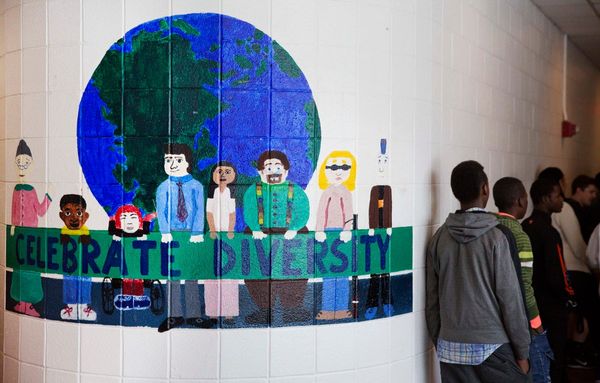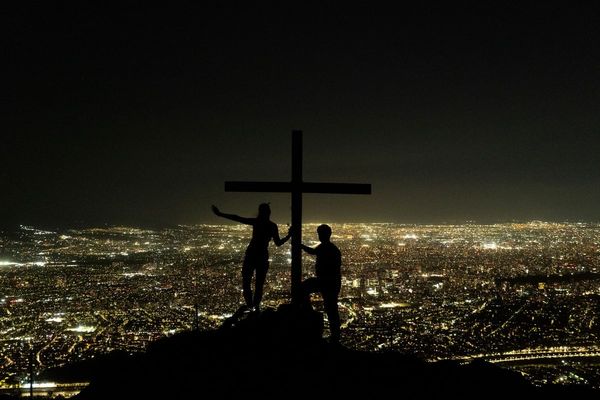In recent weeks, there has been increasing discussion about the possibility of having national and State elections at the same time, popularly known as ‘one nation, one election’. The formation of a committee, helmed by a former President of India, Ram Nath Kovind, to determine how this might be implemented, and what manner of constitutional changes might be required to make it a legal reality, have generated further debate. The primary arguments in favour of simultaneous elections are twofold: first, that it will decrease the costs of conducting elections (and of electioneering); and second, that it will free up political parties from being in ‘permanent campaign mode’, and allow them to focus on governance (and, for that matter, constructive opposition) for a five-year period.
Point and counterpoint
Against this, critics have pointed out that when you crunch the numbers, the actual financial savings are relatively minuscule. Furthermore, it is a relatively recent pathology of the Indian political system that central government Ministers and politicians spend a significant amount of time campaigning in State elections: if the concern, therefore, is that frequent State elections hamper governance and the business of Parliament, then simultaneous elections seem a needlessly complicated answer when a simple one is available: that State elections should be primarily fought by State party units, while national politicians can get on with the task of governance. The reality, however, is that the increasingly centralised — and presidential — character of Indian election campaigns means that this is unlikely to be a reality in the near future.
Editorial | Tiers apart: On the ‘one nation, one election’ trial balloon
Critics of simultaneous elections have raised a few other objections. First, the logistical nightmare of conducting simultaneous elections in a country of a little over 1.4 billion people, in a context where even State elections need to take place in multiple phases.
The second, and graver concern, is the incompatibility of a rigid election timetable with some of the fundamentals of parliamentary democracy: as is well-known, at the time of Independence, central and State elections were conducted simultaneously. This arrangement broke down towards the end of the 1960s because of the use of Article 356 of the Constitution, which authorises the Union to suspend (or even dismiss) State governments in a narrowly-defined range of circumstances; but also, and apart from that, the essence of parliamentary democracy is that at all times, the government must enjoy the confidence of the House, failing which it must step down, and go back to the people for a fresh mandate.
Consequently, it is obvious that even if, legally and practically, one is able to synchronise central and State elections for one cycle, this will break down the moment a government falls. To this, two solutions have been proposed, both of which tend to make the problem worse. The first is that President’s Rule (i.e., central rule) will be imposed in that State until the five-year-period is over. Needless to say, this will starkly undermine both federalism and democracy. The second is that elections will be held in that State, but the term of the new Assembly will only be until the next cycle (which could be in a year, or three years, or four years). Not only does this undercut both the justifications for simultaneous elections — cost and an avoidance of continuous campaign — but, rather, leads to perverse incentives (for example, how much ‘governance’ will a State government be able to do if elections are scheduled in a year?).
The possibility of more ‘horse-trading’
The upshot of this is that there will be a strong push towards avoiding the fall of a government, even when it has lost the confidence of the House in the ordinary course of things. And, as we have seen in India, there is an almost institutionalised remedy for this: defections, or “horse-trading”. It is, by now, clear that the Tenth Schedule’s prohibition on horse-trading has been rendered more or less a dead letter, as politicians have found various ways to get around this (and courts have not been successful in stopping it). Thus, as was pointed out by lawyer and parliamentarian Kapil Sibal in an interview recently, simultaneous elections are likely to see an explosion of horse-trading, where the political parties with the biggest pockets will be the biggest beneficiaries.
While these intractable issues speak to the implementation of simultaneous elections, at a deeper level, there are two principled and interrelated arguments against the idea: federalism and democracy.
First, let us take federalism. Over the years, it has increasingly come to be accepted that Indian federalism is not simply a matter of administrative convenience but also a matter of principle that recognises the legitimacy of linguistic, cultural, ethnic, and other forms of collective aspiration, through the grant of Statehood. In this context, there is, of course, Indian democracy at the central level, but also, at the level of each State, democracy takes its own set of claims, demands, and aspirations. Simultaneous elections risk a blurring of these distinct forums and arenas of democracy, with the risk that State-level issues will be subsumed into the national (this is inevitable, given the cognitive dominance of the national, as well as the fact that national-level parties frequently campaign in a national register, for understandable reasons).
Keeping absolute power in check
A related point is that in our constitutional scheme, the federal structure is an important check upon the concentration of power (buttressed by the existence of the Rajya Sabha at the central level). The federal structure, in turn, is sustained by a plurality of democratic contests, and a plurality of political outfits, at the State level. Simultaneous elections, for the reasons pointed out above, risk undermining that plurality, and risk precisely the kind of concentration of power that federalism is meant to be a bulwark against.
Second, on democracy: despite the ringing words with which the Preamble of the Constitution begins, the “People” have very little space in the Constitution, especially when it comes to exercising control over their representatives. Unlike many other Constitutions, where public participation in law-making is a guaranteed right, along with other rights such as the right to recall, in the Indian constitutional scheme, elections are the only form of public participation in the public sphere. There is a different conversation to be had about why this is not enough, but given this framework, relatively regular and frequent elections allow for more extended public participation and debate; simultaneous elections would shrink this scope substantially, without any countervailing changes to deepen it in other domains.
Therefore, it is clear that the administrative benefits from simultaneous elections are overstated at best, and non-existent at worst. However, the costs, both in the implementation and in the concept itself, are significant, and create non-trivial risks when it comes to protecting and preserving the federal and democratic design of the Constitution. These, therefore, are good reasons why the idea is a bad one, and ought not to be acted upon.
Gautam Bhatia is a Delhi-based lawyer







